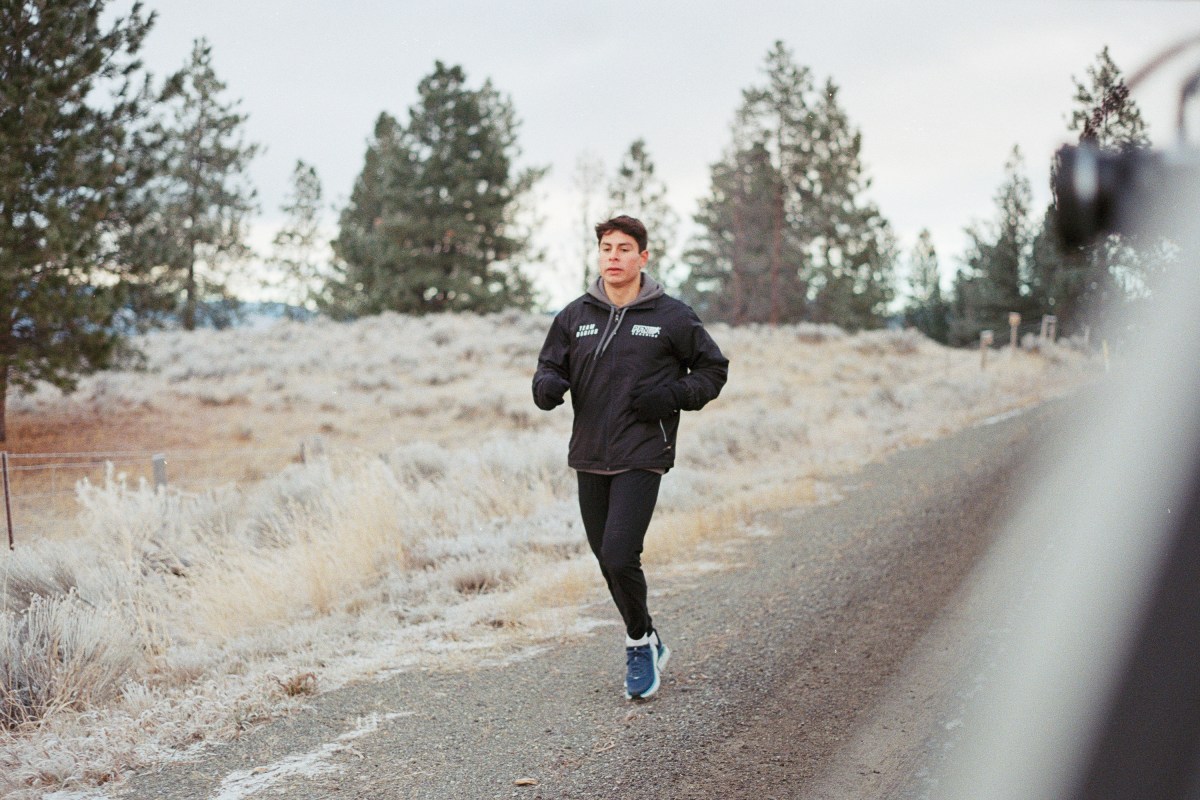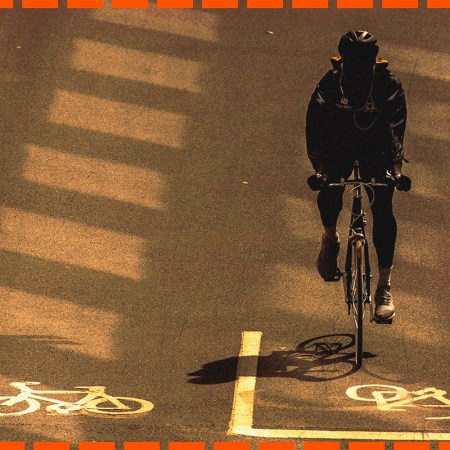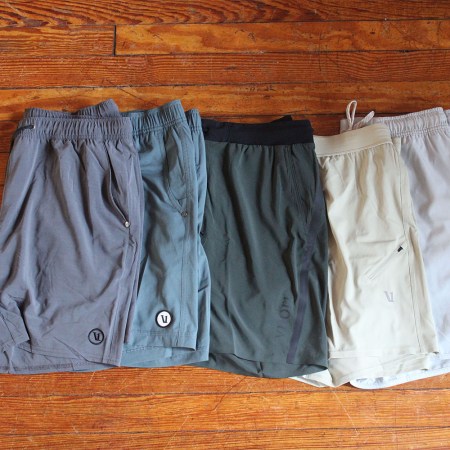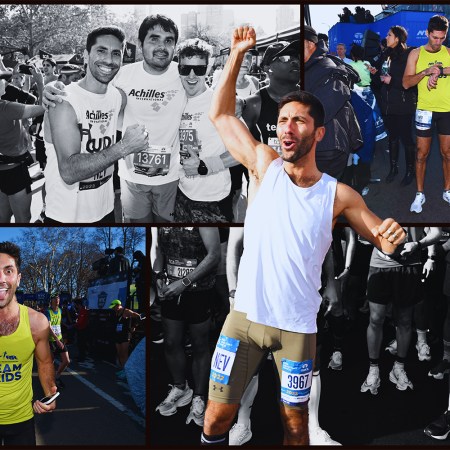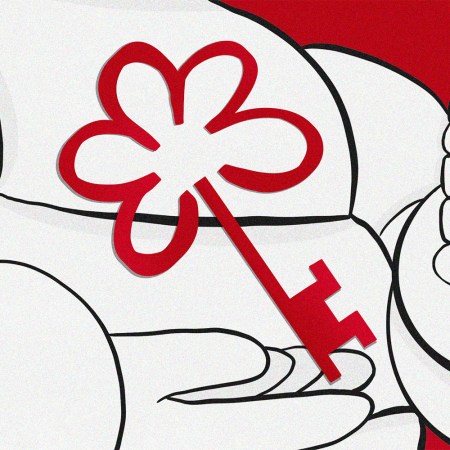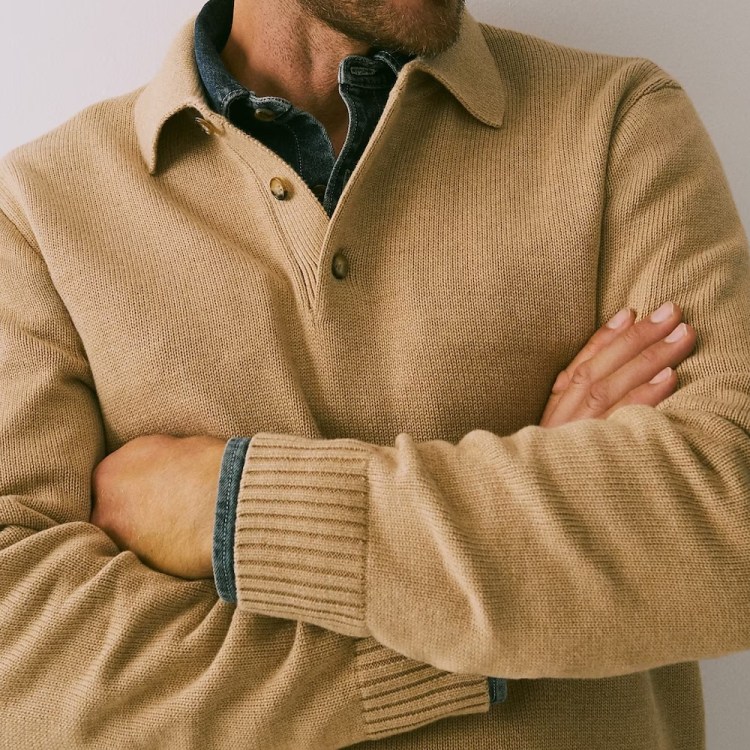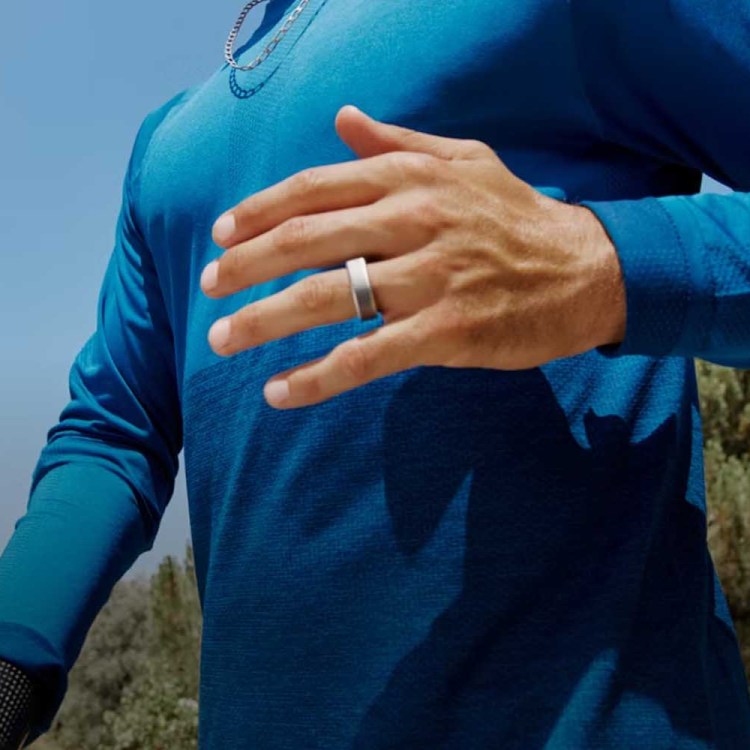In a recent appearance on The Rich Roll podcast, French ultrarunner François D’Haene opined on the difference between running 26.2 miles and running 100:
“In the marathon you have the perspective of performance and of time…but for 100 miles, the time [doesn’t matter]. You just want to finish. From the first runner to the last runner, it’s the same goal. Just to achieve this adventure. It’s not impossible…you have to be really passionate and know why you’re doing it. If you’re at the starting line of a 100-mile race just because it’s a bet with your friend…you’ll say ‘Now that I’m here, I’m not sure I want to be here.’ Okay. Don’t do it. Running 100 miles must be something that you feel in your heart…if you know why you are there, if it’s a dream, I’m sure it’s possible to do it.”
It’s an eye-opening train of thought, but especially coming from the legendarily speedy D’Haene, who owns ultrarunning course records in rugged locales from Colorado to Corsica. Even one of the fastest to ever do it seems convinced — identifying your overriding “why” is more important than identifying your goal time.
Darius Sam had a clear why when he set out to run 100 miles. A member of the Nlaka’pamux, an Indigenous First Nations people who live in British Columbia’s Nicola Valley, Sam found running at the age of 19. For more or less his entire life, he’d weathered waves of unthinkable anguish: his mother leaving him when he was eight months old, suicidal thoughts throughout his adolescence, losing family members to addiction. But running offered release, transformation, hope.
The Runner — a documentary released this week on Indigenous Peoples’ Day, directed by the filmmaker Amar Chebib and distributed by The New Yorker — finds Sam preparing for a 100-mile effort in sub-zero December temperatures, in order to raise awareness of addiction woes and mental health issues in his community. At age 16, after a lifetime of feeling lost, Sam hit rock-bottom. He’d put a gun in his mouth. But three years later, following an impromptu triathlon finish, and his first 100-mile attempt (which saw him reach 89 miles), he’d become a local folk hero, a young man willing to move his body over literal mountains if it meant raising a little money and spreading a little inspiration.
But for all of Sam’s will, and despite the strength of his why, he was still a kid with no official training, who’d launched himself headfirst into ultrarunning, perhaps the most unforgiving sport on the planet. The first time Sam set out to finish 100 miles, he gave himself only a 28 day training runway. Most conventional marathon regimens budget at least 84 days.
He’s Probably the Best Athlete Alive. Does Anyone Care?
After his world record-setting win in Berlin, Eliud Kipchoge has now won 15 marathons in 10 years“It was incredible,” Mark Nendick, Sam’s mentor and running partner says. “Most people start slowly with running, with smaller goals of running three miles, then six, then 13, and eventually 26, if a marathon is the end goal. But I’ve never heard of somebody starting with four marathons back-to-back in one effort. Usually, people train for a year for their first ultramarathon. So to do what he did on 28 days…it just shows how gifted and determined he is.”
Nendick got in touch with Sam after hearing, through a mutual friend, that the Indigenous Canadian was training for his first 100-mile attempt. “I immediately reached out to him,” Nendick says. “We went for a run the next day and didn’t stop for two years. I recognized his potential on that first run. I’m not used to people wanting to run as far and as fast as I like to.”
In helping Sam prepare for the second effort depicted in The Runner, Nendick tried to develop a plan that would keep his friend feeling strong. That involved weightlifting, lots of a calories and priotitizing “time on feet” over pace or distance. For instance: Sam’s training log was more likely to feature a three-hour run than a 20-mile run. With just two months to prepare, though, Nendick knew he couldn’t train Sam to the exact physical requirements of 100 miles, which is perhaps the endurance community’s biggest boogeyman. Still, he could prepare Sam in other ways.
“My intent was to be a consistent and supportive running partner rather than a trainer,” Nendick says. “One of the great things about running is you get the undivided attention of your training partner and as time and miles go by, the filters of life go by, and conversations can get quite deep. We are in very different stages in life, but at the end of the day, we are just two people who use running as a tool to be the best versions of ourselves. We’ve both seen each other at our best and at our grueling worst.”
The Runner doesn’t shy away from those grueling worsts, showing Sam stumbling through unimaginably cold and dark miles in the British Columbian wilderness, while his loved ones worry about the state of his battered feet. Through a voiceover, Sam describes how the pain spreads from the feet, to the ankles, the the calves, to the low back, and eventually, all the way up to the brain, where the real war starts. But he also speaks, throughout the film, about how he’s learned to live with pain and callus his brain, as one might fashion a stronger pair of hands — scars and all.
The film is now available for streaming here, and if you only watch it to take in 17 minutes of beautiful and haunting drone shots of the Cascades in early winter, it’s well-worth your time. But there is so much else there to appreciate, learn from, and share in, from Sam running alongside grandpa, to a remarkable and spontaneous act of generosity after he successfully completes the effort, to the blessing uttered by an elder just before he sets off: “We call on those that were runners that brought messages to the valley many, many, many generations ago. Guide him, direct him, and protect him.”
We spoke to Sam to learn a bit more about how he pulled off the unthinkable after just two months of training. Below, he talks apples as running fuel, what he thinks about when he’s knocking out miles, why he chose December for the second effort, and his ultimate endurance pipe dream.
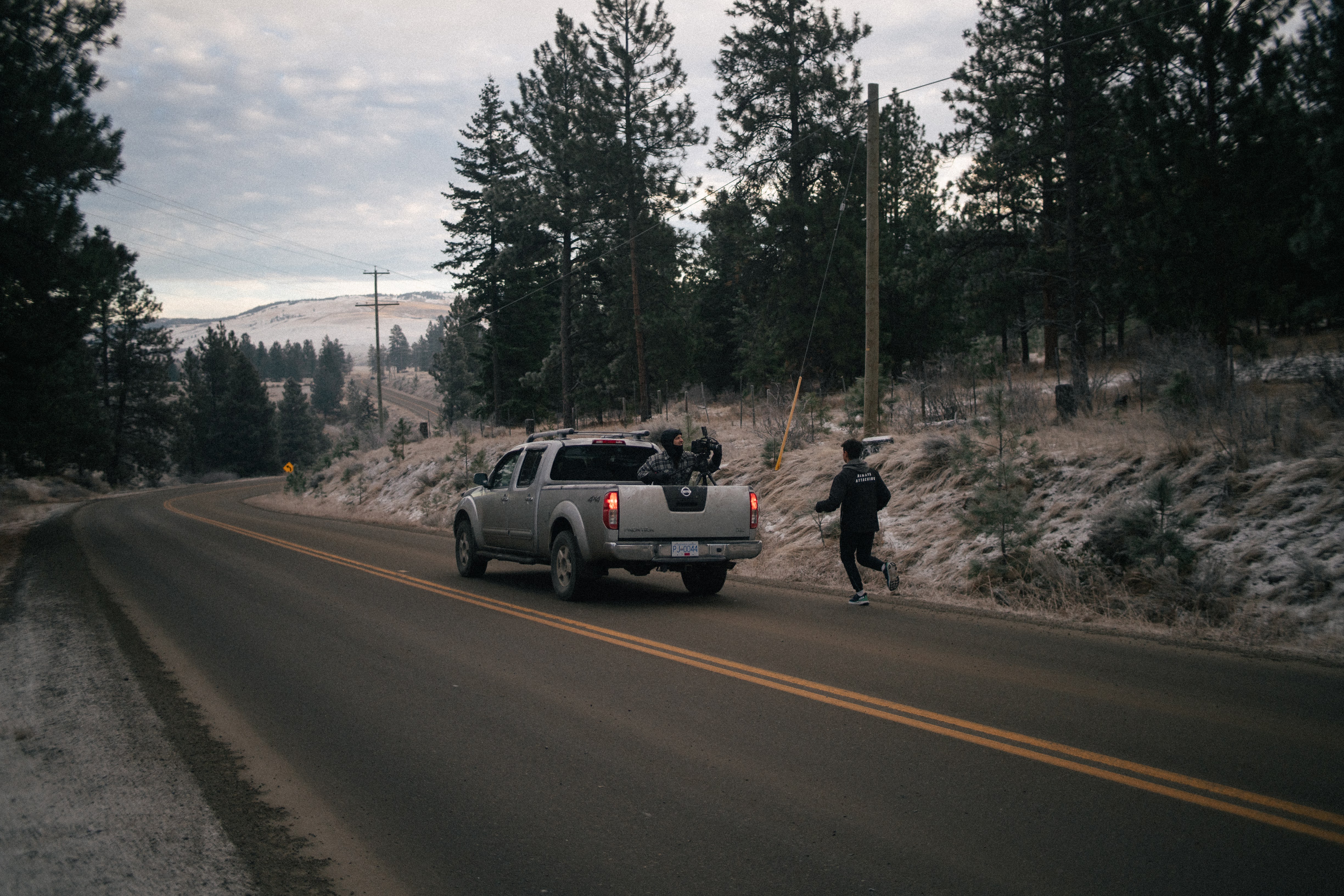
InsideHook: What was your perception of running before you started?
Darius Sam: My perception was mainly that it was a great way to get yourself in good physical condition. My grandpa used to run marathons when he was a teenager. He ran a marathon at like 2:45 when he was 15, so I thought that was pretty cool.
Going back to the early days…how long was it before you were “hooked” on running?
Back in February 2020, I was trying to get into the Army. I went on a 30 kilometer run and then I just kind of got addicted to the overall state that you can kind of progress into as you go…you quiet your mind and just kind of sit with yourself in a way. It’s a form of meditation, but you get to be active while doing it.
How did you meet Mark Nendick? What’s something he’s taught you as a runner you may not have discovered on your own?
Mark heard about me just prior to my first 100-mile attempt and he messaged me through Instagram. We went on a run that next morning. We just became running buddies. The biggest thing he taught me was to be more conservative. That it doesn’t have to be full throttle all the time, and to have selective pacing.
What were the key differences between your initial 100-mile attempt (which resulted in an 89-mile effort), and the successful 100-mile effort depicted in the documentary?
I put an extra month of training time into the second 100-mile attempt. I also just had more strategy going in. My nutritional strategy was completely different. I still didn’t have any idea what I was doing, but I had a better idea than the first time. I was also way more conservative with my energy…even on an emotional level; like, not freaking out and burning myself out. That’s what happened on the first attempt. I freaked out, got too overwhelmed, and then I stopped. I got to that exact same point when I was doing my second attempt. But I didn’t freak out. I just recollected myself and kept moving.
Why run in December? Did you want to make the effort more difficult? Or do you actually prefer running in colder temperatures?
December 5th is the date that my Nana passed away. So that’s the day I picked. It meant a lot to me to do it on that day. Cold temperatures are fine. I don’t like -20 degrees Fahrenheit. But between 5 and -5 degrees Fahrenheit…those are nice, comfortable temperatures. I don’t like it when it’s hot, man. When it’s like over 80 degrees Fahrenheit. That’s just uncomfortable.
How many of those miles were you running alone?
Probably around 30 miles. My grandpa ran 30 miles with me and Mark ran the last 50 miles with me. There was some overlap between the two.
What did you eat during the 100-mile effort?
Oh man, I know I ate about 20 apples. I ate something like 25 Cliff bars, one full pasta meal (chicken Alfredo), and then just a lot of liquid electrolytes, like a Tailwind mix. I got liquid calories from that. I was crushing about half a liter of water an hour. That’s what got me through my second attempt. For my first attempt I didn’t eat fuck all. I ate pickles and didn’t eat until I got to like the 50th mile. I had a Tim Horton’s farmer’s wrap and threw up. I was like “Oh my God, I’m so out of commission right now.” But then I kept going. I hardly drank any water…that was the big thing. I had no idea what I had gotten myself into. I thought I was so tough that I was gonna make it. But I didn’t make it.
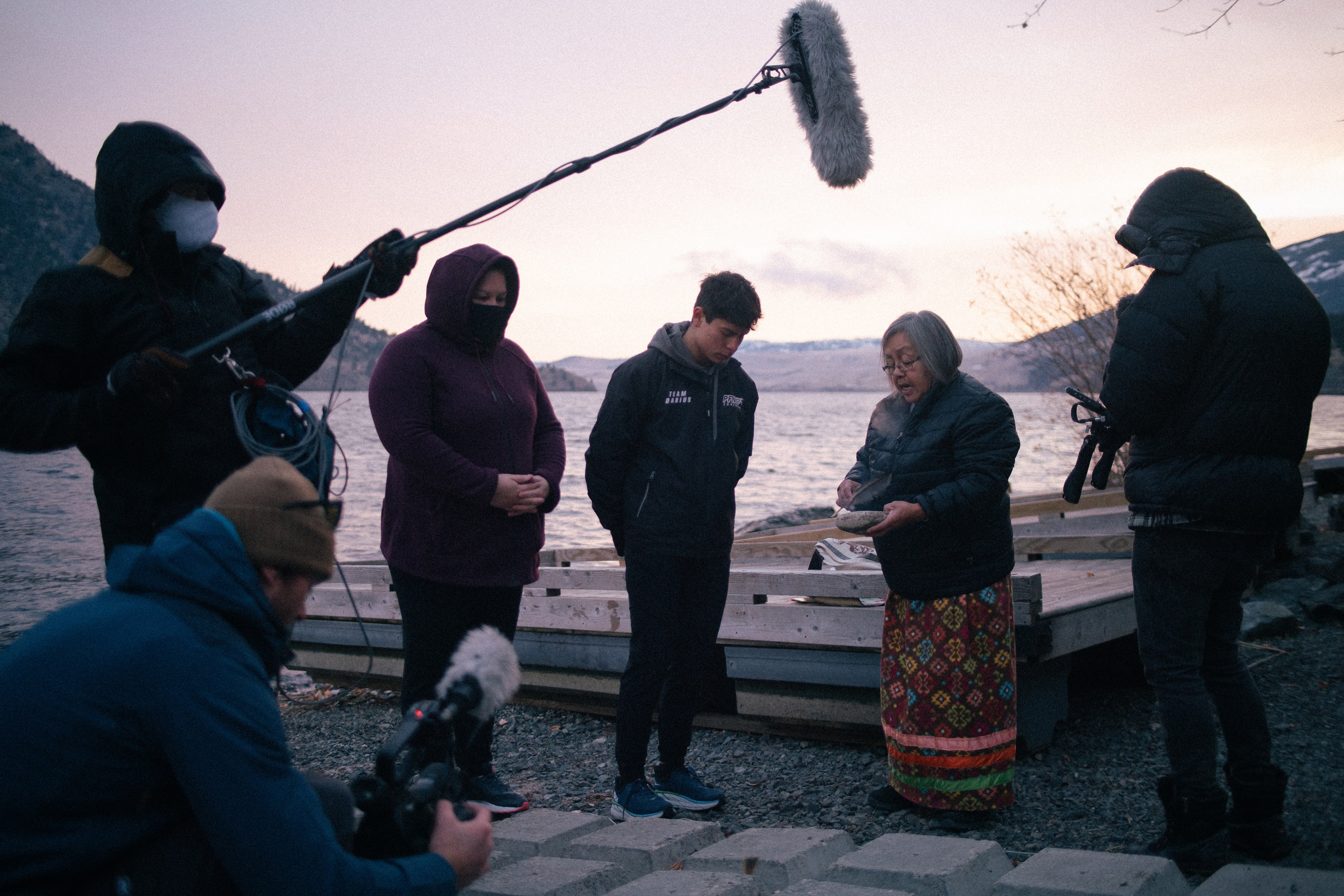
What do you think about while running, if anything?
I usually think about my future or like problems that I have in my life. I want to figure them out and I want to try to construct them in a way that’s going to help me moving forward. I just connect to a bigger vision for myself, my future, what I want to do with my life. I think about my family. I also think about what I’m going to eat later.
What’s next for you? Do you have an endurance pipe dream?
The last thing on my list that I’ve written out from a couple years ago is the 6633 Arctic Ultra. That’s the Holy Grail for me. It’s a 380-mile, self-supported trek that starts in the Yukon and goes all the way to the Arctic Circle, ending at Tuktoyaktuk on the Arctic Ocean. Your sled is attached to your back and you have to drag it 380 miles in like -44 degrees. Apparently people just don’t finish it. It’s just too ridiculous. I read about it and I was like, “This is it.” If I had the time, money, resources, and proper support to make it happen, then it’d be that. That’s my pipe dream.
Lastly, can you explain what was going on in your mind when you gave the boy your shoes at the end of the documentary? That was a special moment.
Well, in that moment I was thinking about the little boy that I was and how special it would’ve been to me if someone would’ve done that for me. Even that one moment might’ve shaped the trajectory of my life. If he sees me do something then maybe he’ll want to make a difference for himself. I don’t know what he’s going to do with the shoes. It doesn’t have to look like what I’ve done, but I really believe he’ll make something good out of it. Maybe he’ll believe in himself.
Whether you’re looking to get into shape, or just get out of a funk, The Charge has got you covered. Sign up for our new wellness newsletter today.
